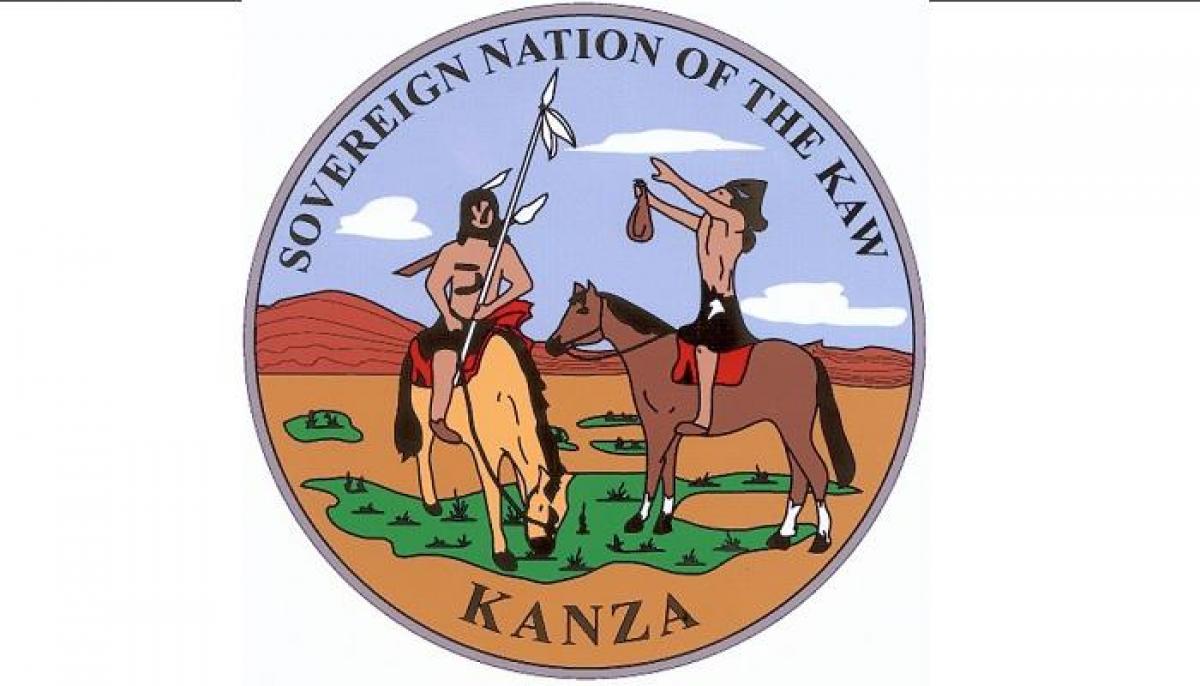- Our Community
- Community Overview City History Community Demographics Chamber of Commerce Events and Activities City Calendar City Parks On-Line Store Cemeteries Local Weather Photo Gallery
- Library School District Public Safety Emergency Management Police Fire ADA Compliance Americans with Disabilities Wall of Honor Wall of Honor
- Grove Regional Airport Grand Lake Association INTEGRIS Grove Hospital Har-Ber Village Lendonwood Garden Playmakers Theatre Cayuga Mission
- Doing Business
- Welcome Visitors
- Grand Lake Association Grove Area Chamber of Commerce Grove Regional Airport Playmakers Theatre
- Cayuga Mission Har-Ber Village Lendonwood Garden Grand River Dam Authority (GRDA)
- On-line Store Photo Gallery Events Where to Eat Where to Stay Where to Park in Downtown Grove Wolf Creek Park & Boating Facility
- Inside City Hall
- Contact City Hall Staff Directory Submit a Complaint or Comment City Code Comprehensive Plan Jobs - Equal Opportunity Employer Non-Discrimination Download Employment Application Submit Employment Application
- Agendas and Minutes City Council Boards and Committees Convention and Tourism Bureau Economic Development Authority Municipal Airport Authority Municipal Service Authority Planning and Zoning Board Zoning Board of Adjustments ADA Compliance Americans with Disabilities
- Departments Administration Airport Buildings and Grounds Community Development Economic Development Finance Fire Emergency Management Municipal Court Police Public Works Utility Services
- Helpful Resources
- Alerts and Notifications Email Subscriptions Events and Meetings Agendas and Minutes City Calendar In the News City News
- Contact the City Staff Directory Submit a Request or Concern Code Red Code Red Login Documents and Forms Documents and Reports Forms, Permits and Applications Maps
- Social Media City of Grove on Facebook Wolf Creek Park on Facebook Grove Animal Control on Facebook Frequently Asked Questions Frequently Used Numbers Helpful Links
Tribal, Sovereign Nation of the Kaw (Kanza)

SOVEREIGN NATION OF THE KAW (KANZA) - The Kaw Nation Seal symbolizes the relationship between the Southwind and the Kaw (Kanza) people. The Kaw’s lived long with the Southwind and the Southwind with them. The south wind travels far and fast and knows the movements of the buffalo and other foragers. The wind conducts reconnaissance on enemies and carries messages to and from allies. The wind knows where nuts, fruits, and grains grow, and the hiding place of squirrel, rabbit, and turkey. The tribe was of the Siouan linguistic stock; and Kansa, or Kansas, is a Siouan word which means Wind People or People of the Southwind.
Formerly known as the Kanza (or Kansa) people, the Kaws are a federally recognized Indian tribe officially known as the Kaw Nation. In 2016 there were 3,463 enrolled members who, under a legal agreement with the United States Department of Interior, conduct tribal business from their tribal headquarters at Kaw City in northern Oklahoma.
Historians and ethno historians have determined that the Kaw, Osage, Ponca, Omaha, and Quapaw — technically known as the Dhegiha-Siouan division of the Hopewell cultures of the lower Ohio Valley — lived together as one people in the lower Ohio valley prior to the white invasion of North American in the late 15th century.
Sometime prior to about 1750, the search for better sources of game and pressure from the more powerful Algonquians to the east prompted a westward migration to the mouth of the Ohio River. The Quapaws continued down the Mississippi River and took the name “downstream people” while the Kaw, Osage, Ponca, and Omaha — the “upstream people” — moved to the mouth of the Missouri near present-day St. Louis, up the Missouri to the mouth of the Osage River, where another division took place. The Ponca and Omaha moved northwest to present-day eastern Nebraska, the Osage occupied the Ozark country to the southwest, and the Kaws assumed control of the region in and around present-day Kansas City as well as the Kansas River Valley to the west.
